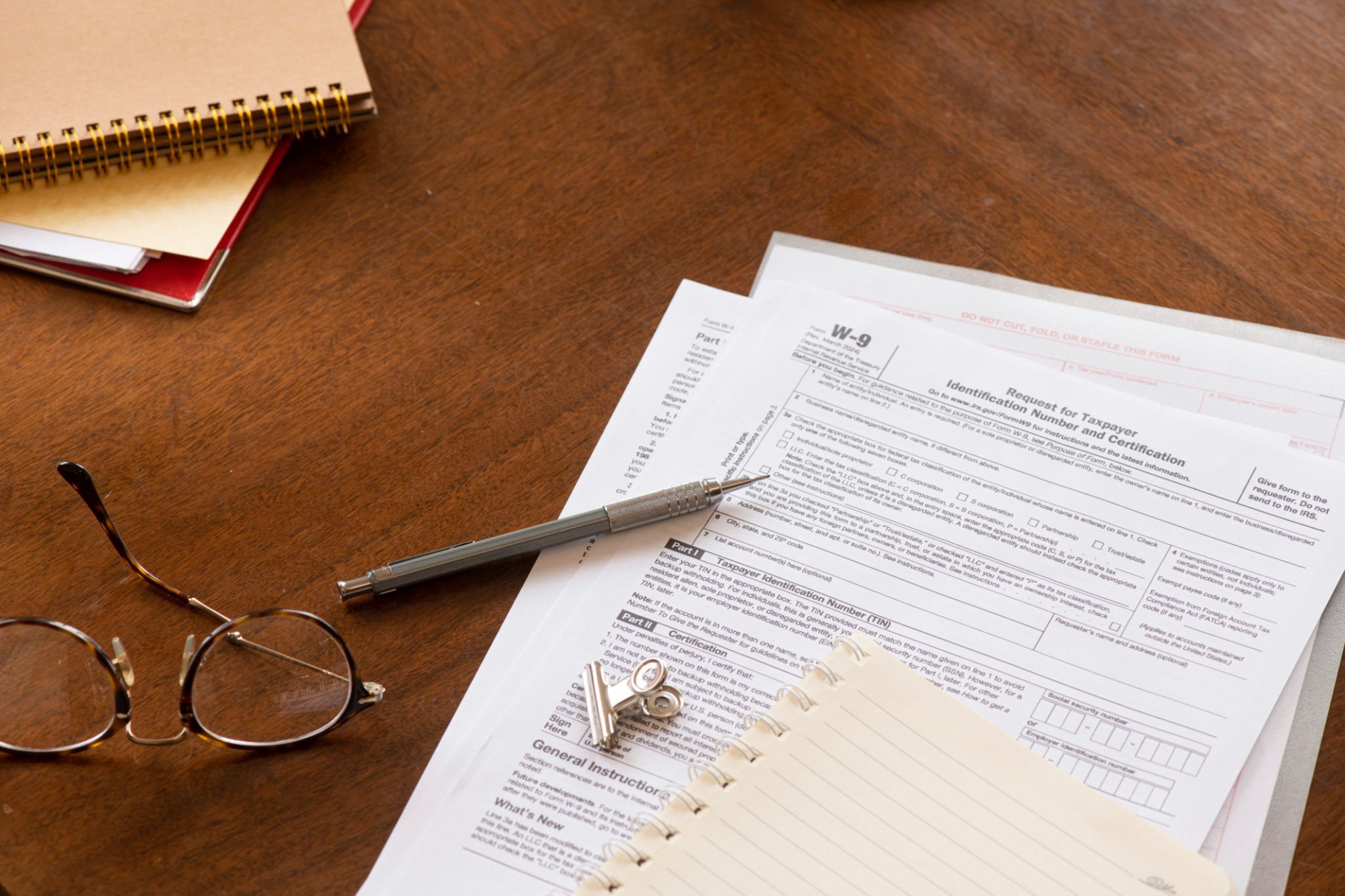How to Prepare for Tax Season: A Step-by-Step Guide
Understanding the Basics of Tax Season
As tax season approaches, it's crucial to understand the essentials to ensure a smooth and stress-free filing process. Knowing when to file, what documents are required, and the deadlines can significantly reduce anxiety. Typically, tax season starts in January and ends in April, but it's wise to start early.
Preparation is the key to a successful tax season. By organizing your documents and understanding the basics, you can streamline the entire process. Whether you're filing taxes for the first time or the tenth, having a game plan is essential.

Gathering Necessary Documents
Before diving into filing your taxes, you need to gather all relevant documents. This includes W-2 forms from employers, 1099 forms for any freelance work, and records of any additional income. Don't forget about interest statements from banks or investment accounts.
Checklist of Essential Documents
To make sure you have everything you need, create a checklist. Here are some common documents:
- W-2 Forms
- 1099 Forms
- Bank and Investment Statements
- Receipts for Deductible Expenses
- Previous Year’s Tax Return

Choosing How to File
Once you have your documents in order, decide how you'll file your taxes. You can either do it yourself using tax software or hire a professional. Each option has its pros and cons depending on the complexity of your financial situation.
If you're comfortable with numbers and have a straightforward return, tax software can be a cost-effective choice. However, if your finances are more complex, hiring a professional might save you time and potential errors.

Maximize Deductions and Credits
One way to minimize your tax liability is by maximizing deductions and credits. This requires a thorough understanding of eligible expenses such as home office costs, educational expenses, or charitable donations. Every deduction can lead to substantial savings.
Common Deductions to Consider
Here are some deductions you might be eligible for:
- Home Office Deduction
- Charitable Contributions
- Student Loan Interest
- Medical Expenses
Ensure you're taking full advantage of any credits available to you, such as education credits or energy-efficient home improvements. These can significantly reduce the amount owed.
Filing Your Taxes
After gathering your documents and determining deductions, it's time to file. If using software, ensure you've entered all required information accurately. Double-check entries to prevent mistakes that could delay your refund.
If you've opted for professional help, provide them with all necessary documents early on. This allows them ample time to review your information and file before the deadline.

Tracking Your Refund
Once your taxes are filed, you'll likely want to track your refund. Most tax software provides an estimated date for receiving your refund. The IRS also offers an online tool called “Where’s My Refund?” to track its status.
Understanding the timeline and patiently waiting can ease any concerns about when the refund will arrive. Remember that direct deposit is typically faster than receiving a check in the mail.
Preparing for Next Year
To make next year's tax season even smoother, start preparing early. Keep track of expenses throughout the year and maintain organized records. Consider setting up a dedicated folder for receipts and important documents.
Regularly reviewing your financial situation can help you make informed decisions about deductions and credits, ensuring you’re always ready when tax season arrives.

